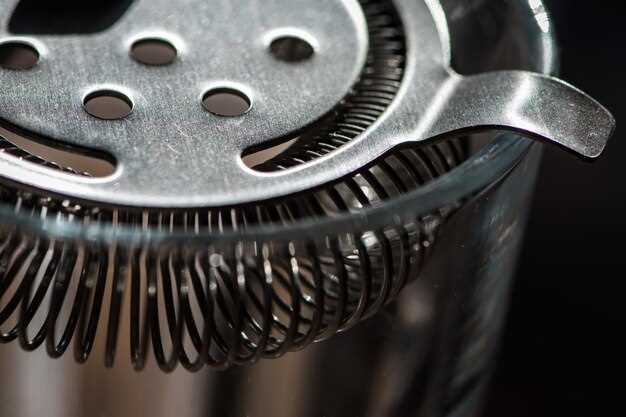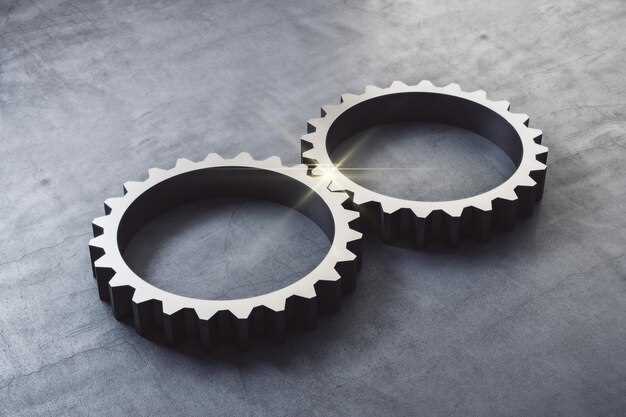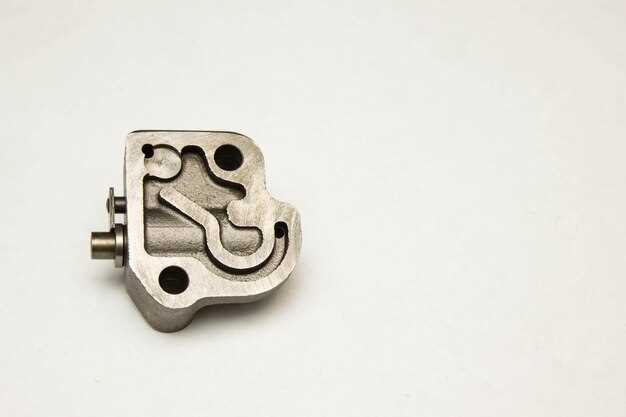
When embarking on a restoration project, whether it be for a classic car, vintage motorcycle, or any other cherished piece of machinery, one of the most crucial decisions you’ll face is the choice between OEM (Original Equipment Manufacturer) parts and reproduction parts. Each type of part offers distinct advantages and drawbacks that can significantly impact the quality and authenticity of the final result.
OEM parts are components that are made by the original manufacturer of the vehicle or machinery. They are designed to meet the exact specifications and quality standards of the original parts, ensuring compatibility and reliability. By opting for OEM parts, restorers can maintain the integrity of the vehicle while preserving its value, especially in markets where originality is key.
On the other hand, reproduction parts are aftermarket components that replicate the original parts but are produced by different manufacturers. While these parts can be more affordable and sometimes easier to find, their quality can vary significantly. Restorers often weigh the benefits of cost savings against the potential loss of authenticity and overall performance when choosing reproduction parts for their projects.
In this article, we will delve deeper into the implications of choosing between OEM and reproduction parts, examining factors such as durability, cost, and the impact on the overall restoration process. Understanding the pros and cons of each will empower you to make informed decisions that align with your restoration goals.
Evaluating the Quality and Fit of OEM Parts in Classic Vehicle Restorations
When embarking on a classic vehicle restoration project, one of the most crucial decisions is whether to use OEM (Original Equipment Manufacturer) parts or reproduction (repro) alternatives. Evaluating the quality and fit of OEM parts can significantly influence the overall success of the restoration, impacting both performance and aesthetic authenticity.
OEM parts are designed to meet the exact specifications set by the original manufacturer, ensuring they fit seamlessly with other components of the vehicle. This precision can be vital, particularly in classic restorations where matching the original factory specifications is often a priority for enthusiasts and purists. Using OEM parts can lead to better longevity and fewer complications during installation, as these components have been engineered specifically for that vehicle model.
The quality of OEM parts typically surpasses that of many repro alternatives. Manufacturers often employ higher-grade materials and production techniques that can enhance durability and reliability. In contrast, some repro parts may use lower-quality materials, leading to a discrepancy in fit and lifespan. For those restoring classic vehicles, investing in OEM parts can help avoid potential issues associated with compatibility and function.
Another aspect to consider is the availability of OEM parts. While some components may be readily accessible, others might be scarce due to the age of the vehicle. This limited availability can impact timelines and costs associated with the restoration. Enthusiasts should thoroughly investigate the sourcing of OEM parts, including verifying the authenticity of vendors to ensure they are receiving genuine components.
In summary, when considering OEM parts for classic vehicle restorations, the emphasis should be placed on quality, fit, and authenticity. Although repro parts may offer a more accessible or economical solution, they often fall short in terms of performance and longevity. Evaluating OEM parts with a focus on these factors will ultimately enhance the restoration process, yielding a vehicle that not only looks authentic but performs as it was originally intended.
Cost Comparison: OEM vs Reproduction Parts for Vintage Motorcycles

When embarking on a restoration project for vintage motorcycles, one of the most critical considerations is the choice between OEM (Original Equipment Manufacturer) and reproduction (repro) parts. The cost difference between these two options can significantly affect the overall budget of your project.
OEM parts are manufactured by the original maker of the motorcycle, ensuring a perfect fit and adherence to the manufacturer’s specifications. However, this authenticity comes at a premium price. Due to their limited availability, especially for vintage models, OEM parts can be exorbitantly priced, with some components costing several times more than their repro counterparts. Collectors and purists may argue that the investment in OEM parts enhances the motorcycle’s value and may provide higher resale potential. Nevertheless, the costs can quickly escalate, making it less feasible for casual restorers.
On the other hand, reproduction parts provide a more affordable alternative. These parts are often produced by third-party manufacturers who replicate the original components. While they may not possess the same level of quality or precision as OEM parts, muchas repro options have improved significantly over the years. They allow restorers to complete projects without overspending, making vintage motorcycle restoration more accessible to a wider audience. However, it is essential to research and select reputable manufacturers, as the quality of repro parts can vary drastically.
In summary, if the budget is a primary concern, reproduction parts tend to be the more economical choice for vintage motorcycle restorations. However, the decision should always consider the intended use of the motorcycle, restoring for personal enjoyment versus aiming for collector value, as this will influence the importance placed on authenticity and original manufacturer parts.
Long-Term Reliability Considerations for Reproduction Parts in Automotive Restoration

When embarking on an automotive restoration project, the choice between OEM (Original Equipment Manufacturer) parts and reproduction parts is critical. While reproduction parts can provide a cost-effective alternative, their long-term reliability often raises questions among restorers.
One major consideration is the material quality used in reproduction parts. Unlike OEM parts, which are manufactured to stringent specifications and standards, reproduction parts may not always adhere to the same level of quality control. This discrepancy can lead to premature wear and failure, affecting the overall lifespan of the restoration.
Additionally, the engineering behind OEM parts often incorporates decades of research and development. In contrast, some reproduction parts might lack the same level of engineering rigor, resulting in a potential for misalignment or incompatibility with other components. Restorers must carefully evaluate the specifications and reviews of reproduction parts to ensure they will function reliably over time.
Moreover, the sourcing of reproduction parts can vary significantly. Parts manufactured in recent years may not undergo the same rigorous testing as OEM parts produced in an earlier era. This inconsistency in production practices can lead to variations in performance and reliability, critical factors for long-term restoration success.
Finally, while reproduction parts may be more easily accessible and affordable, restorers should consider the potential costs associated with replacing unreliable components. Investing in OEM parts may result in longer intervals between repairs, ultimately saving time and resources in a restoration project.
In conclusion, while reproduction parts offer certain advantages, their long-term reliability should not be taken lightly. Careful assessment of their performance, material quality, and sourcing can help ensure that a restoration project meets the desired standards of durability and dependability.












